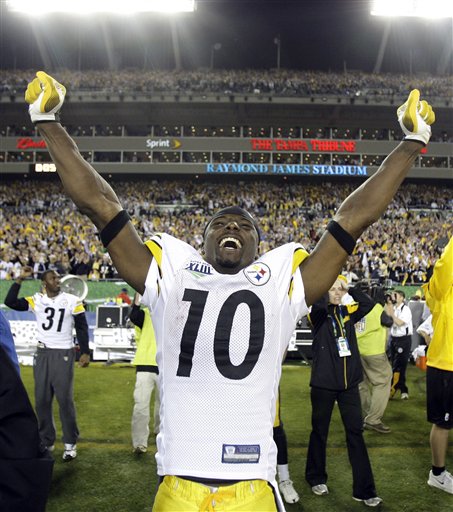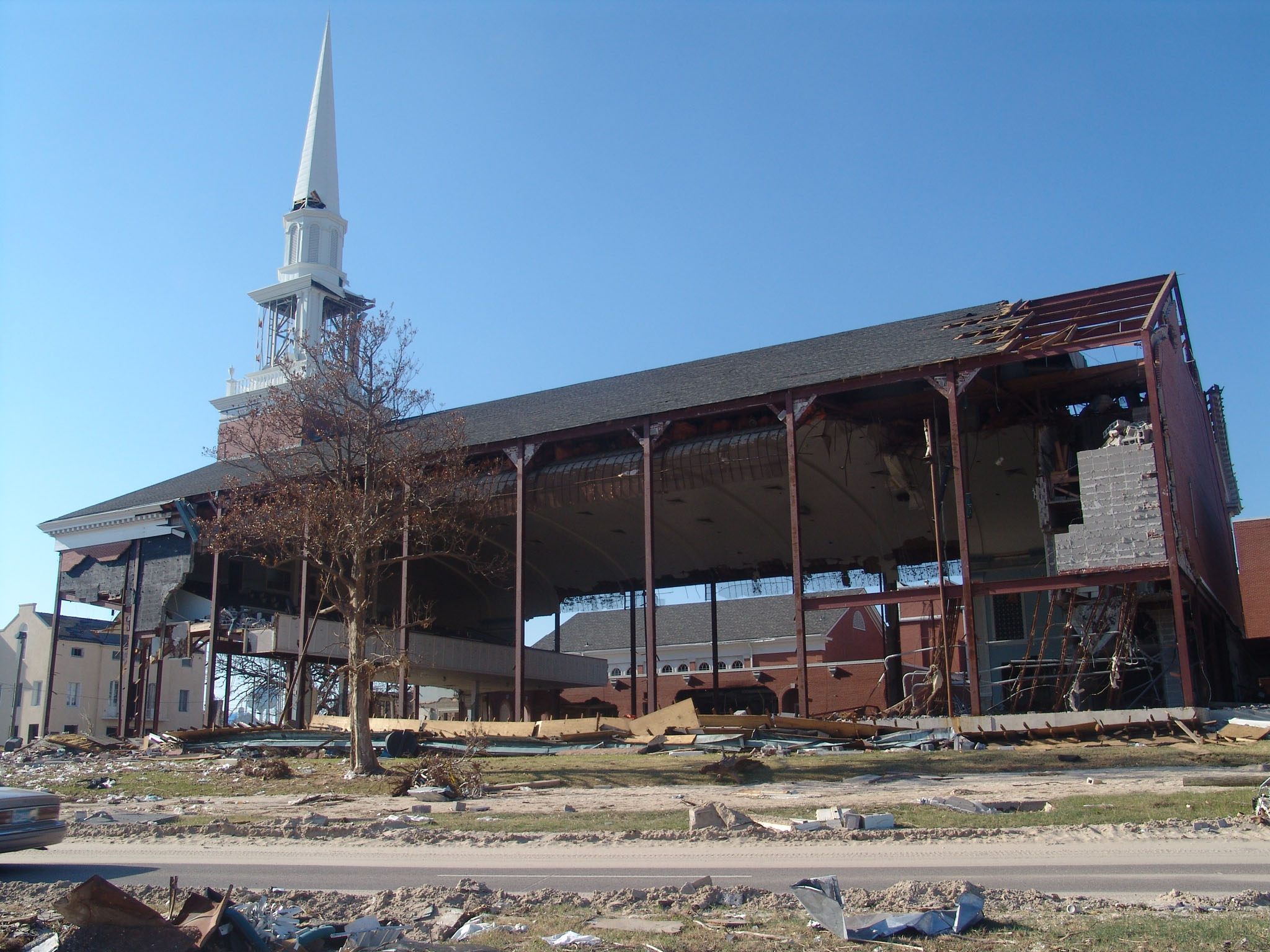 I mean football, not Catholic-bashing–though any faithful Catholic should be outraged at this morning’s Super Bowl headlines announcing “Steelers beat Cardinals.” I will look for Bill Donohue’s righteous anger at some point today. (“Would The New York Times have allowed a headline saying ‘Steelers beat Rabbis’? Of course not! This is a blatant double-standard. And of course, it’s no surprise that President Obama was rooting against the Cardinals….”)
I mean football, not Catholic-bashing–though any faithful Catholic should be outraged at this morning’s Super Bowl headlines announcing “Steelers beat Cardinals.” I will look for Bill Donohue’s righteous anger at some point today. (“Would The New York Times have allowed a headline saying ‘Steelers beat Rabbis’? Of course not! This is a blatant double-standard. And of course, it’s no surprise that President Obama was rooting against the Cardinals….”)
My outrage is more disappointment, as I am a dedicated Giants fan, and not only did the Giants fall flat in the playoffs (and against the Eagles, of all teams), but last night’s game was terrific, every bit as grand as last year’s stunning Giants’ victory. And the Boss’ halftime show was the first truly memorable halftime entertainment I can recall–memorable in a good sense, not the “wardrobe malfunction” creativity. He injected at least some Jersey authenticity into the event.
But of course football is a guilty please–so much violence and gladiatorial ferocity. Could anyone whose faith was forged in Roman amphitheaters enjoy this? Over at First Things, Jeffrey Marlett argues in the affirmative, more or less, using Sal Paolantonio’s book, How Football Explains America, as his entrypoint. Paolantonio makes interesting observations about football’s reflections of American values, and its wholly different and largely unheralded course of racial intergation from that of baseball. Marlett also gets to the religious orientation–and value–of football:
Originally, football was envisioned as a vehicle for moral improvement. It reflected America’s purported Protestant character and embodied both individual and communitarian values like teamwork, individual effort, manliness, and integrity. But problems arise when violence is glorified instead of merely accepted. Some insist that football canonizes everything wrong in American life. George Will’s quip comes to mind: football combines the two worst features of America–violence interspersed with committee meetings.
Will is of course a baseball purist (though not a Catholic) hence his bias. Marlett tries to enlist John Paul’s “culture of life” motif in defense of the sport, but admits misgivings:
Indeed, religious themes lurk throughout his assessment of American football. The sport offers a compelling, almost mythical scene: two teams, clad in helmets and body armor like medieval knights, engage in a lengthy series of short, intensely violent clashes to control both an object (the ball) and territory. Every autumn, high school boys and college men reenact this battle, but pro football attains levels of spectacle previously reserved for religious or gladiatorial spectacle.
Unlike baseball’s long leisurely season, football’s short season offers no second chances. Thus each game possesses its own biblical finality; win and celebrate with tambourine and dance, lose and it’s Lamentations. Autumn Sunday afternoons have become a set of sixteen services where believers, clad in their teams’ color and insignia, often carrying its relics, gather to celebrate their team’s performance and join in the drama of its liturgy.
Still, the interweaving of football and religion requires further exploration. George Carlin’s contrast between baseball and football captures something about the nation: “Baseball begins in the spring, the season of new life. Football begins in the fall when everything is dying.” Perhaps we need football for the decline of the year, as the days shorten and grow colder, and a slower, pastoral diversion for hot summer days, each game with its own beauty. While football might explain something about America, it might not always fulfill it.
Nor does it fulfill our religious ideals. So, can one be a football fan and a good Christian? More to the point, is football Catholic? (Vince Lombardi, the Maras, the Rooneys–good company.) Or (Evangelical) Protestant? (All those Jesus-thanking Bible Belt players from The Big Schools.) Is the mediocre state (sorry) of Notre Dame’s program an affirmation of its Catholic identity–or a sign of its wobbly hold on Tradition?

